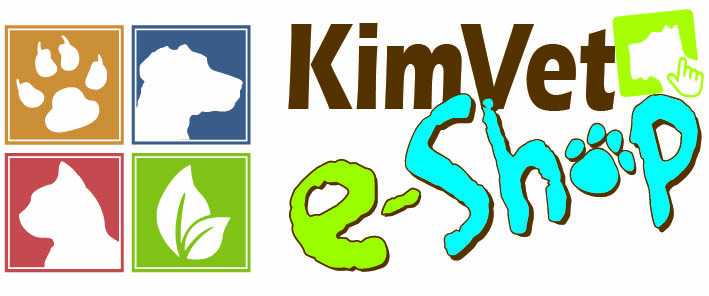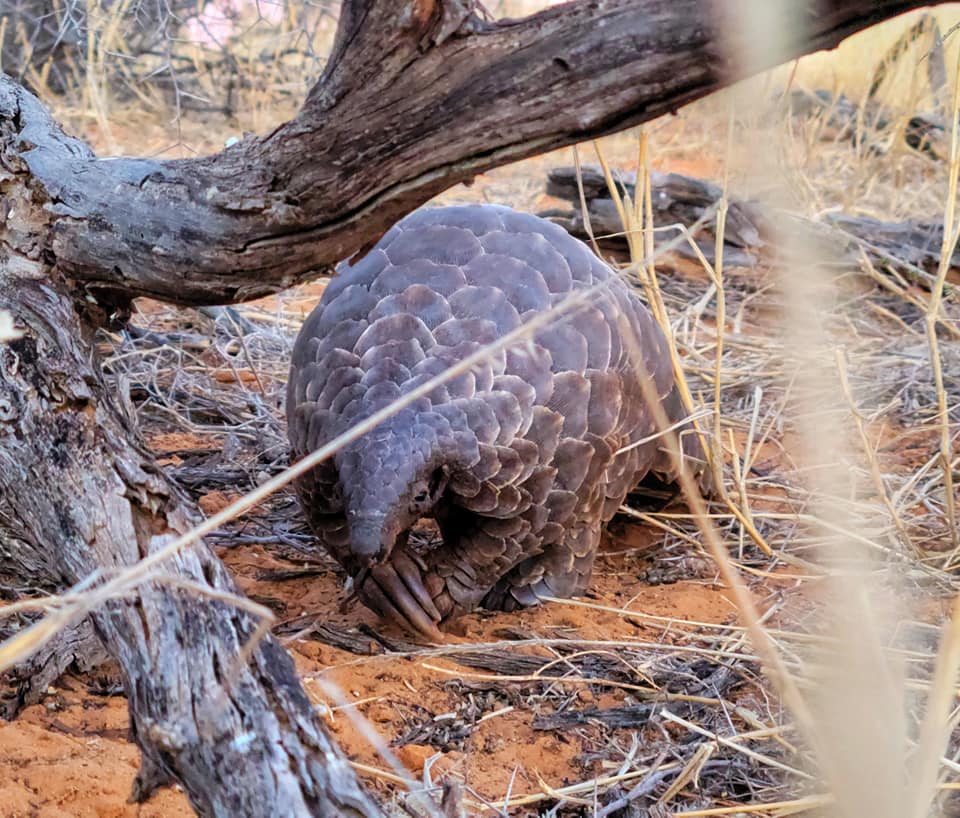
by Rina Van Eeden | Oct 21, 2021 | Exotics, Feel Good Stories
“There’s something special about it. I can’t explain it. But once you see this magical creature, you’ll know. To be able to follow her, to protect her, help her, is a feeling that cannot be described. It’s like walking on Holy ground.”
Most people you know have never seen a living pangolin. Most people don’t even know what a pangolin is. Also known as ‘the scaly anteater’, pangolins are often confused with reptiles, but is actually the only mammal entirely covered in scales.
While these creatures are elusive and not much is known about them, one thing we do know is that they are currently the most trafficked mammal in the world. More than 1 million pangolins have been poached during the last decade.
Why Are Pangolins In Danger?
After having annihilated almost all Asian species, rogues are now coming for our African pangolins. Not even their elusive nature is able protect them from poachers. When poached, they suffer the most horrific time. They starve, having been ripped from their natural habitat, are abused, shoved, haggled over and terrorised at the hands of their captors. A few lucky ones get saved, those who don’t, meet an unimaginable fate.
Their scales are used for absurd, bogus medicinal purposes that have no scientific backing. Their skin for accessories and their meat is seen as a delicacy. The irony? Their scales are made of keratin, the exact same thing our fingernails are made of!
“Everyone who comes into contact with them, everyone who works with them somehow spiritually connect to them. One stands there, spellbound, as if you could watch them forever.”
What we are concerned about right now is not just pangolins. We are facing a much greater disaster. The ecological effects would be astronomical, and, if we lose the pangolins, we lose the earth’s great gardeners.
Pangolins in South Africa Are In Trouble
It’s clear that the pangolins of Africa are in the middle of a destructive poaching storm. There is no doubt that they are in serious trouble and the signs do not point to a good outcome. They’ve been around for over 80 million years and it looks as if they could vanish in our lifetime, simply because of the greed of people. But, fortunately there are also people who inspire us and help protect these precious scaly anteaters. There are fearless individuals who aid in protecting these wonderful creatures increase our knowledge and help us save them.
Is there hope? The business of conservation must be run by optimists. You have to be optimistic, tenacious, so yes, there is hope! We are optimists.
To find out more about pangolins, please visit the EWT website – https://ewt.org.za/fs-july-2021-giving-a-voice-to-the-voiceless-the-role-of-impact-statements-in-wildlife-criminal-trials/
Like this:
Like Loading...
by Rina Van Eeden | Sep 23, 2021 | Dogs, Vaccinations
This young lady was diagnosed with Canine Parvovirus earlier this year.
She is a proper fighter and, after much needed medical care and loads of TLC, she was finally discharged and was sent to her loving home. She had an almost a 2 week stay in our hospital. But, Sedi is one of the lucky ones…
What Is Canine Parvo Virus?
You may have heard of Parvovirus before, maybe not paid much attention to it, but this virus poses a massive problem to unvaccinated puppies around the globe. Parvovirus is a viral infection that most commonly targets dogs less than one year of age, but unvaccinated dogs of all ages can be affected.
Puppies need to follow a strict vaccination protocol, starting at 6 weeks old. They need to get at least 4 vaccinations from that age onward to be considered “protected”.
This does not mean they cannot get the virus. It simply means that the severity of their clinical signs will be significantly less. Their chances of survival is increased tenfold in the event that they do become ill, when vaccinated.
Misguided home remedies found online are more often than not detrimental to these puppies. Please contact your vet if your pup is ill, don’t seek help from unreliable sources on the internet!
Treatment, consisting of aggressive supportive care, intravenous fluids, and extended hospitalization, can improve survival rates, but even so, all of these dogs are severely immunocompromised and are likely to pick up a secondary bacterial infection.
That being said, we can only offer a supportive treatment plan. Due to the fact that Parvo is a viral infection, there is no cure.
The virus persists in the environment for up to 2 years after exposure, meaning that any puppy you have after that is at immediate risk if you don’t prepare adequately.
The only way to control the virus is with vaccination.
Unfortunately, if left untreated the majority of puppies will die.
Like this:
Like Loading...
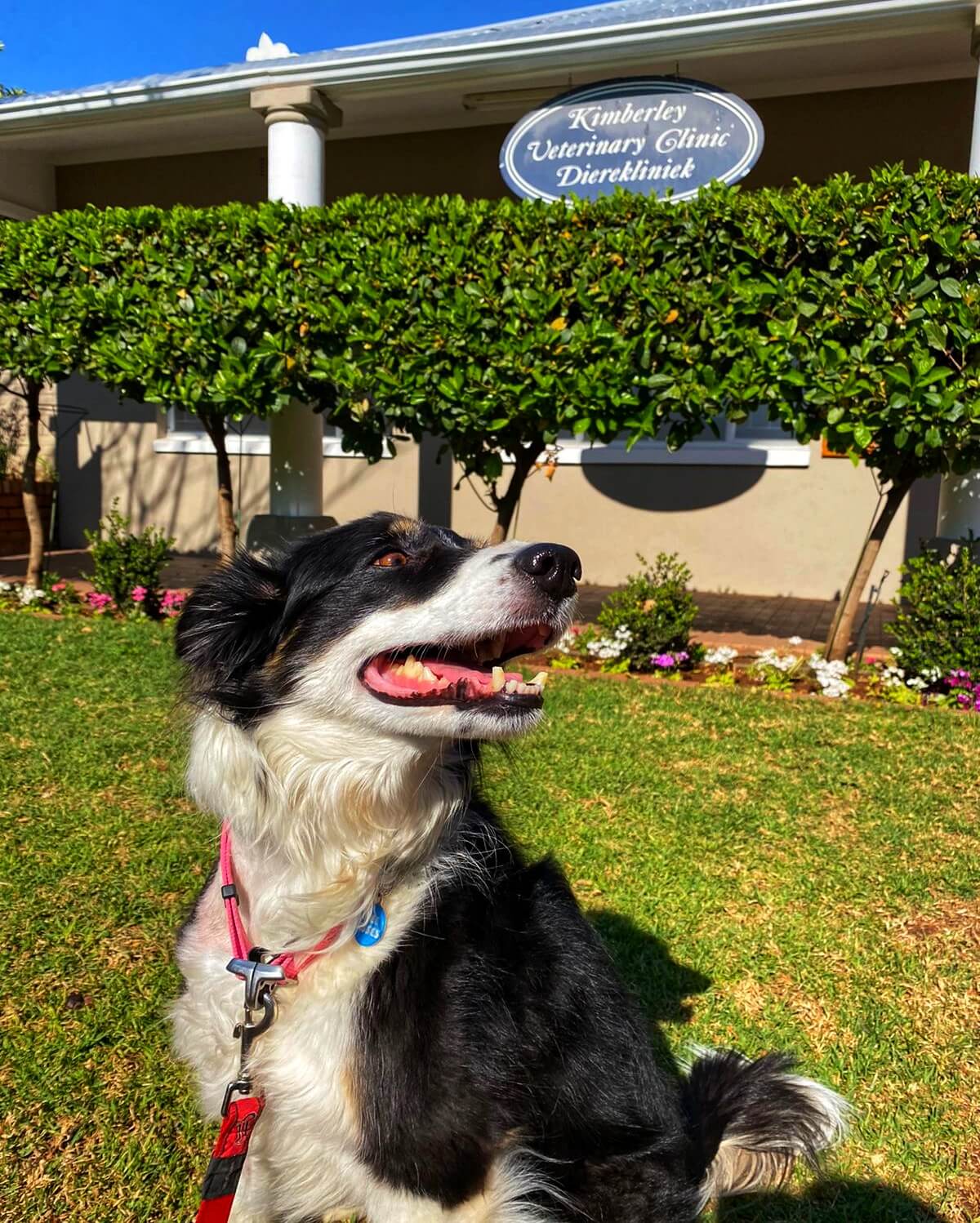
by Rina Van Eeden | Aug 26, 2021 | Dogs, Feel Good Stories
Meet Jessie.
Jessie the Border Collie is a working scent detection dog working in the field of conservation research. Over the past 7 years, the role she played in the research for elusive and endangered species has been paramount.
Unfortunately, in August Jessie was diagnosed with Lymphoma (cancer of the lymph nodes). Luckily, she has the most wonderful mom who will stop at nothing to make this miracle pup better. About two weeks ago, Jessie started her journey to recovery and is undergoing chemotherapy at our clinic. While this is a challenging endeavour, we are confident that, with all our efforts, the efforts of all her sponsors and all the unconditional love from her human family and supportive mom, there will be many more years of joy for Jessie. And hopefully, she will have some more time and energy to spare to continue her crucial research and conservation efforts.
Jessie started her career by sniffing out the scent of the Giant Bullfrog as part of a master’s degree study in Environmental Science at NWU. After this massive achievement, she started working with the Endangered Wildlife Trust in the field of conservation. Her focus was on the Critically Endangered Riverine Rabbit. (including a project for the National Geographic Society, be sure to check that out!)
In the last year, Jessie has also been involved in a study of Golden moles species on the West Coast of South Africa, funded by Re:Wild.
For more on Canine Lymphoma, check out our blog post: https://kimvet.co.za/jessies-story-surviving-canine-lymphoma/
For more information on her wildlife conservation, visit the EWT website: https://ewt.org.za/sp-aug-girl-power-2/
Like this:
Like Loading...
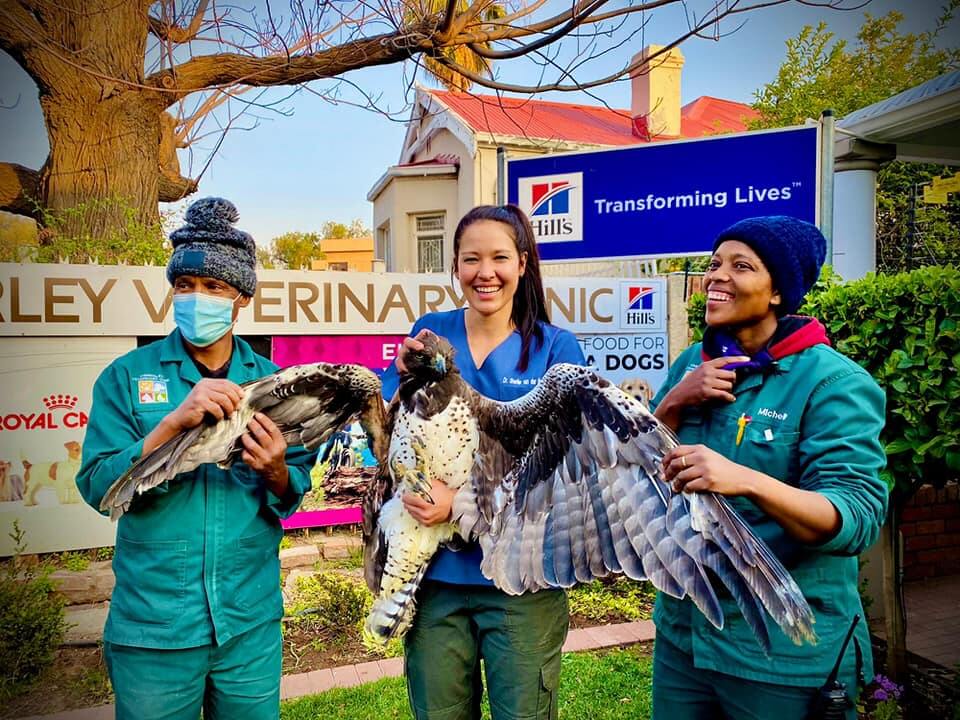
by Rina Van Eeden | Aug 20, 2021 | Feel Good Stories
Our Patient of the Week – a stunning Martial Eagle!
The largest African eagle, capable of knocking a full-grown off of his feet!
This brave bird was rushed to our clinic a few weeks ago for gunshot wounds resulting in a badly fractured right wing.
After intense supportive care, we managed to repair the broken wing with an external fixator.
This week he was finally sent to a rehabilitation facility where he will be monitored and slowly but surely be prepared for release.
We are positive that this big boy will make a full recovery. We’re excited to see the follow-up radiographs in a few weeks time!
Martial Eagles are the largest of the African eagles. Martial eagles are found in most of sub-Saharan Africa. They prefer to live in open wooded areas and woodland edges, wooded savannah, and thornbush areas.
They have enough power in one foot to break a man’s arm. The Martial eagle weighs in at almost 6.5kg, and has a wingspan of about 193cm. It is one of few eagle species known to hunt primarily from a high soar.
Martial eagles are carnivorous and opportunistic predators. They prey on mammals, birds, and reptiles. They even hunt small antelopes, some monkeys, young domestic goats and lambs and water birds! When they want a challenge, these eagles may prey upon even potentially dangerous prey, such as monitor lizards, venomous snakes, jackals, and some wild cats. The main threats to Martial eagles is hunting and habitat loss. Farmers tend kill the birds because they hunt domestic animals.
Like this:
Like Loading...
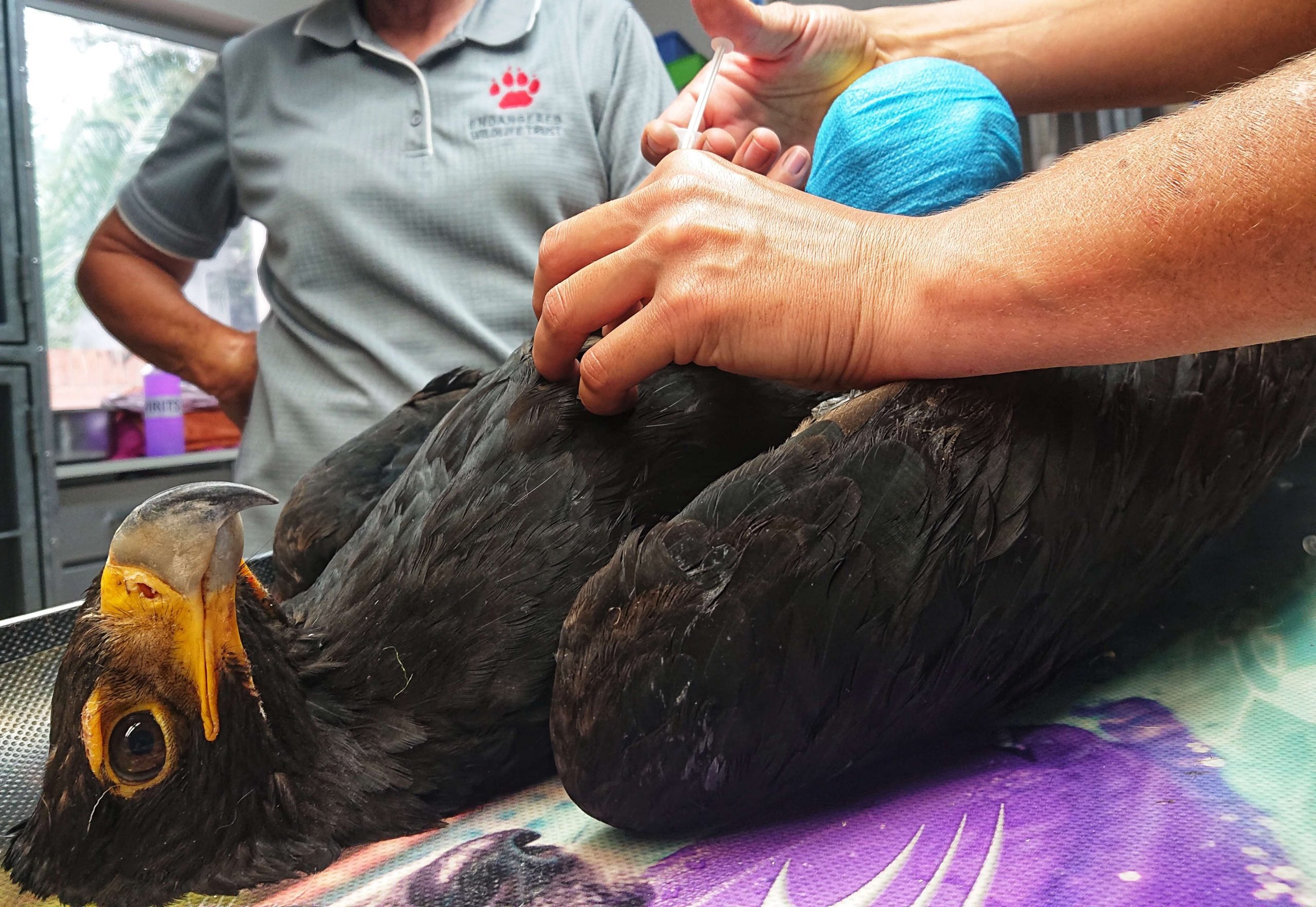
by Rina Van Eeden | Jul 15, 2021 | Feel Good Stories
Featherhead – The Verreaux’s Eagle
Early February 2021, our clinic was visited by Ronelle Visagie, from the Endangered Wildlife Trust, with an ill Verreaux’s Eagle. She had driven all the way to De Aar to fetch the injured bird.
After having taken radiographs, we had found no broken bones, but the eagle could not open it’s right foot or stand upright. In order to stop further contraction of the foot, we wrapped it around a rather large tennis ball!
After 2 days, Ronel had removed the ball and the claw stayed open. The eagle was still very weak and lame in that limb. She was confined to cage rest for 4 weeks, where after she was placed in a larger aviary to see if she would be able to fly. After only a week, she was doing so well that she could be released!
The Great Release
She was released on the same farm she was rescued and was taken to the spot where she was found. She’s the female of a breeding pair. In that time they had started building nests for the new breeding season. She took off quite strongly and after a rather long flight successfully perched on a nearby hill. There she found her mate patiently waiting for her.
The children of the couple who rescued this gorgeous bird named her Featherhead and both were present for her release, an experience that they will always remember.
Featherhead has since been tracked vast distances and is doing very well since her release.
A huge thank you to Ronelle from EWT for dedicating her time to the spectacular raptors of our beautiful country, as well as to the amazing people of the community who had taken the time to help this injured eagle.
For more on the Verreaux’s Eagle, check out the Animalia website: https://animalia.bio/verreauxs-eagle
Like this:
Like Loading...

